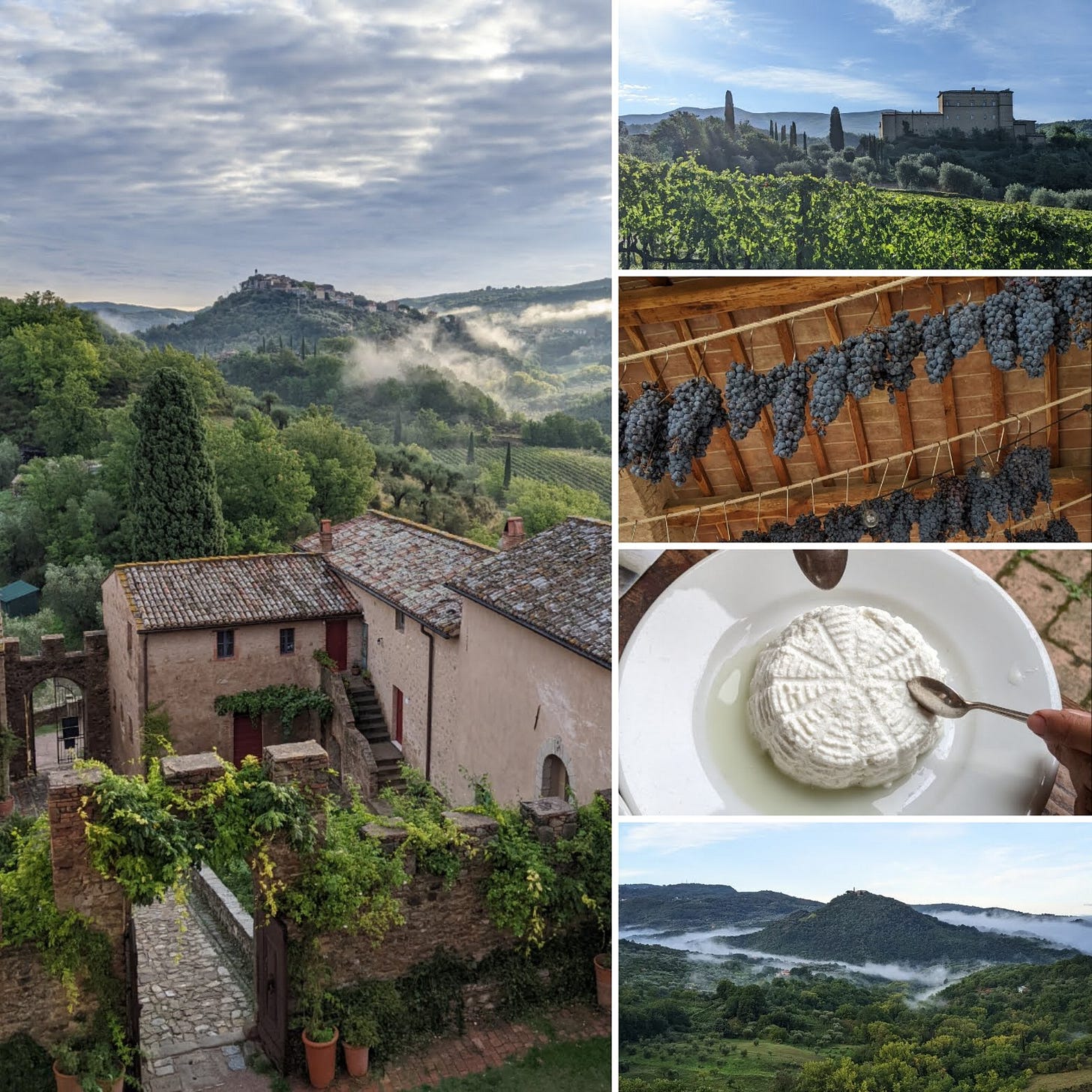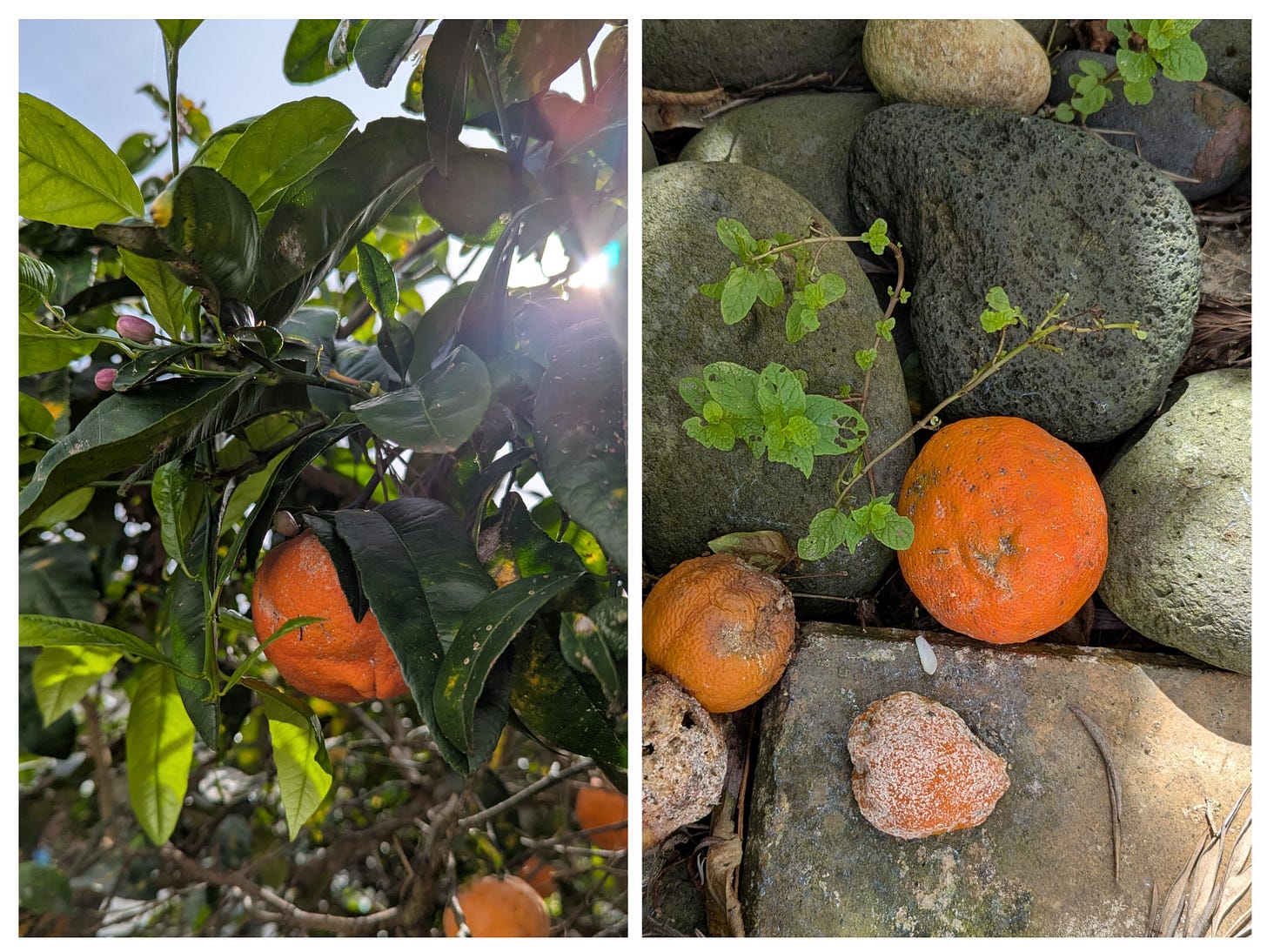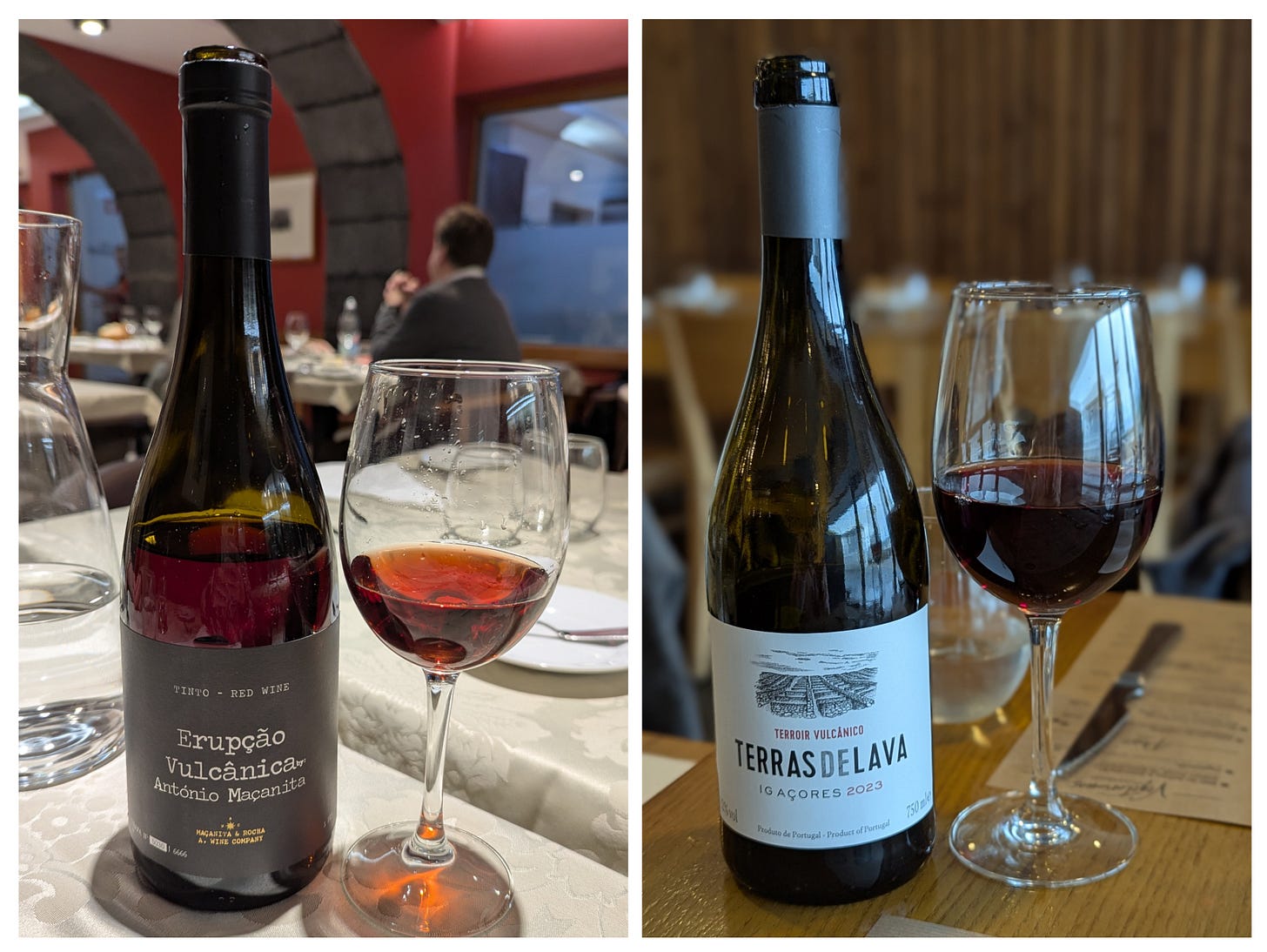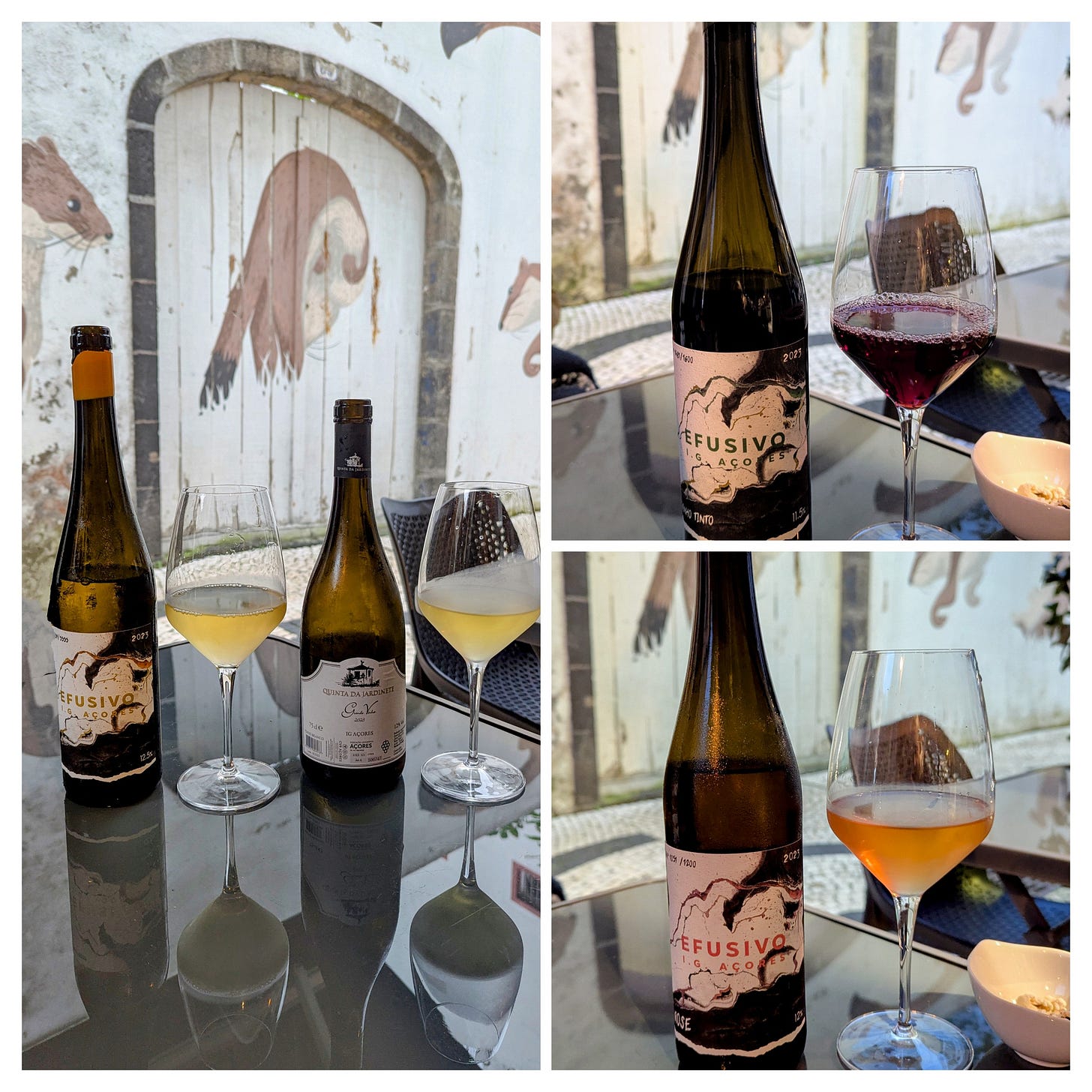“Terroir-driven” has become one of those excruciating expressions you find in seemingly every description of Good Wine. I’m not quite sure what irritates me so much about it: perhaps it’s the French word that no one can pronounce; or perhaps it’s the “driven”, reminding me of so much corporate drivel I’ve edited (or, worse still, written) in the past. Data-driven decision making, anyone?
Overused to the point of being meaningless, “terroir” is falling out of favour with many modern wine writers, who prefer the more meaningful (and easier to say) “sense of place”. I’m still not convinced anyone knows what they’re talking about, though. Break it down, and wine professionals will end up discussing soil types, slope aspect and river topography. It feels like you need a degree in geography just to enjoy a glass of wine. Which, for all those of us concerned about keeping the wine trade going, is probably a bit much to expect of the average drinker.
So why is terroir so important?
It’s not, in many cases. There’s plenty of wine on the market made from grapes that come from lots of different places, where the soil doesn’t much matter, that might just be simple and fruity, or might have a pleasant vanilla flavour from oak chips being thrown in at some point in the process. There’s nothing wrong with this – and plenty of people like these wines (Dave and Dallas’s interview with Jen Wall from Barefoot is testament to that). So do I in the right context!
But one of the really quite cool things about wine is its specific relationship to where it comes from. A few years ago, I was in Tuscany taking my WSET level 2 course (this was in the early days of my wine nerdiness when I wanted the course to feel like a holiday). The program required us to taste different styles of Pinot Noir, so our teacher had lined up one from Burgundy and one from Oregon. But because we were at a vineyard in Tuscany, and because this particular vineyard also grew Pinot Noir grapes, we tasted one of theirs as well.
Reader, I forgot to spit. I don’t think I’d ever tasted a Pinot Noir from Tuscany in my life, but this was unmistakeable. How? Because it tasted 90% like the Sangiovese we’d drunk from the same vineyard the night before, and only 10% like the other Pinot Noirs. In other words, the place was much more important than the grape in how the wine expressed itself in the glass.
Terroir Vulcânico
All of which brings me to the Azores: a set of tiny volcanic islands in the middle of the Atlantic Ocean, buffeted by high winds and sea spray, punctured with craterous holes bubbling with boiling, sulphurous water that seems to spout straight from the earth’s core. I’ve been here for almost four weeks now, and the weather feels part-tropical, part-tornado.
In our rental house in Ponta Delgada, there’s a picture on the wall: terra-cotta slate-roofed houses with small dark windows, higgledy-piggledy against a stark white background, doing their best to endure. In our backyard, there’s an orange tree – it has lush, dark green leaves but the oranges themselves are struggling to ripen, covered as they are in mildew from the endless rain and humidity, falling from the tree with their bloated, damp, weight. I found one that hadn’t yet been destroyed by the mould and (because I am a child) put a segment into my mouth. The skin was salty and the flesh was more sour than any lemon. I abandoned it as a fruit and used the rest of the juice to spritz over fish.
It’s a wonder to me that any vines manage to survive here at all, and that the grapes that do survive manage to ripen sufficiently to be able to turn into wine. But nature and humans have always been gritty, stubborn bedfellows, and grapes seem to weirdly enjoy a treat-‘em-mean-keep-‘em-keen vibe in the vineyard.
Sour grapes
The majority of Azorean wines come from Pico island – the second largest of the archipelago, dominated by Pico Mountain, Portugal’s highest peak – where the volcanic vineyards have been designated a UNESCO World Heritage site. (I should mention that I’m not actually staying on Pico – I’m on São Miguel – but the islands share many of the same characteristics, and their wines taste like close cousins.)
Whether white, rosé or red, and whatever the grapes involved, every Azorean wine I’ve tasted so far has been insanely high in acidity at the start, followed up by plenty of Atlantic salinity about 15 minutes later. If the acidity were a sound, it would be at a pitch that only dogs could hear. Unsurprisingly, the fruit is cheek-puckeringly sour: whether it’s like fresh cranberries, an unripe pineapple or those not-quite-oranges from my backyard. And (this might just be the power of suggestion at this point), I swear I can taste an earthy undertone – black and volcanic – in the reds especially.
Making sense of a place
To taste Azorean wines is to understand something of the challenges both the grapes and the winemakers had to endure to reach this point. Those sour, saline notes only make sense in the context of this remote, wind-swept archipelago. Knowing where a wine comes from tells you a lot about its story. Just like knowing where I come from explains something about the person I am today. That, at its essence, is what we mean by terroir.
But (and this is a big but), I also think we should flip this whole thing on its head. While understanding a place can help us understand a wine, the converse is also true: tasting a wine can improve our understanding of a place. It can educate us as travellers. It can enhance our enjoyment of local dishes. Like learning a language, it can tell us something about the people who made it.
Good wine does not simply demonstrate a sense of place. It helps us make sense of that place.
Sourcing the wines
These wines are not easy to get hold of outside the Azores. Production is limited; prices are high (even here); and most consumption is local. If you’re curious to taste the wines without taking a couple of flights to get here, ordering from a specialist like Portugal Vineyards or Tourinto is probably your best bet. Here are a few notes on what I’ve tasted so far:
Strato – The very first Azorean wine I tasted was a white blend of Arinto dos Açores and Verdelho by Bernardo Cabral from Strato (I’m having trouble finding any link to the 2023 vintage at all). And it was probably the wine that inspired this article: sour oranges, tangy apricots, mandarin peel, grapefruit and a salty edge.
Entre Pedras, Efusivo – I tasted three of Entre Pedras’ Efusivo wines: the white (Arinto dos Açores) is intensely mineral with bright citrus, smoothly textured and a hint of burnt caramel. The rosé (Syrah & Merlot) balances soft red fruit aromas with pronounced salinity and tingling acidity, while the red (also Syrah & Merlot) is light but punchy with earthy, volcanic notes, tart cranberry and black pepper.
António Maçanita / Azores Wine Company – I can’t quite figure out the relationship between António Maçanita and the Azores Wine Company, but anyway, he/they seem to produce a lot of the local wines! I was fascinated by the Erupção Vulcânica tinto, whose tangy pineapple made it feel more like an orange wine than a red. It’s also full of grapes you’ve never heard of, combined over several vintages. I can’t imagine it’s a crowd pleaser, but I liked it (especially alongside equally tangy São Jorge cheese).
Terras de Lava, Pico Wines – Somewhat more accessible is Terras de Lava red blend, which is altogether a bit… redder and easier drinking.
Read more about the Azores:
Vines & Volcanoes: 6 Weeks of Azorean Wine
A few weeks ago I wrote about Azorean terroir: or rather, the nearly impossible set of climactic conditions in which plucky Azorean winemakers manage – somehow, against all odds – to grow grapes and produce wine. Windswept is an understatement; damp is an understatement. During the six weeks I spent there, the Atlantic gales threatened to sweep my Yorki…









Maçanita is a clever marketer and associates himself with good wines. One of them is via the Azores Wine Company centered around Pico. His challenge was to get people to pay a “premium”, by Portuguese wine standards, from the Azores. And he’s done amazingly well at that.
He also runs Fitapreta, which makes excellent wines in the Alentejo.
His eponymous wine label, which he shares with his brothers, is in Douro. Odd, given that his family lineage is via the Azores and Alentejo and not the Douro.
What a great piece! I am definitely someone who knows soil and terroir contribute to the wine- yet the science is so vague. I do think wine and food help us understand a place, culture, people just as much as the reverse. You know I love my Azores wines!